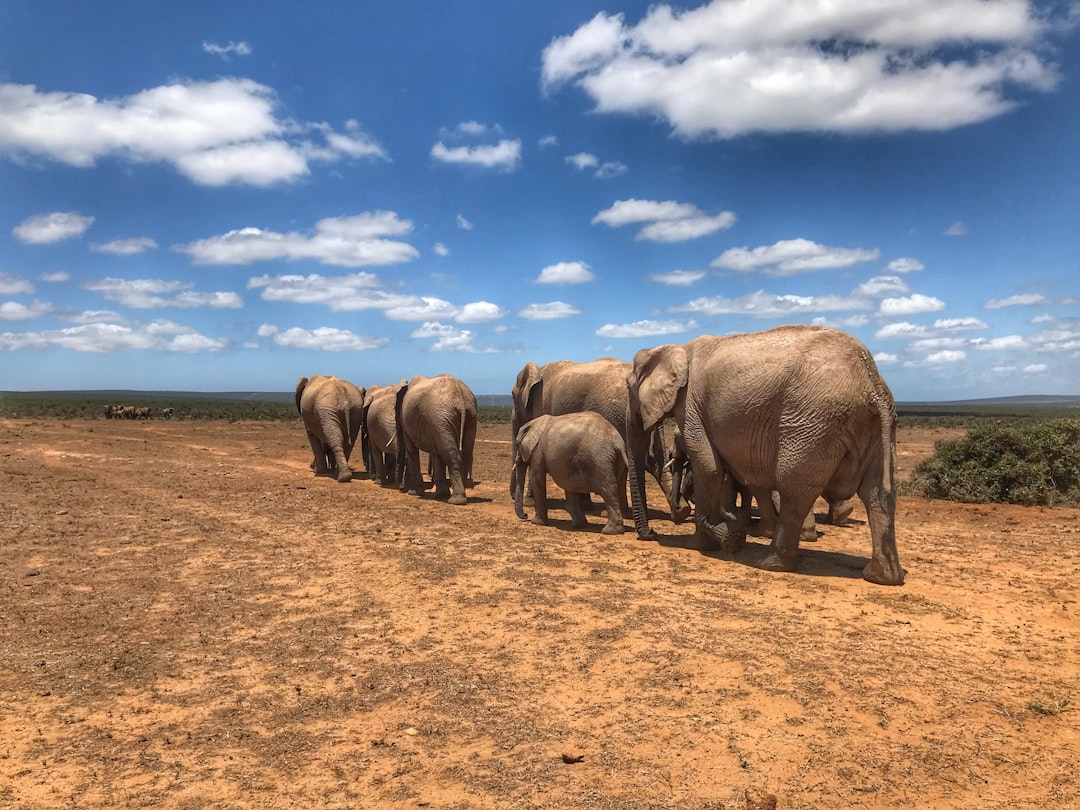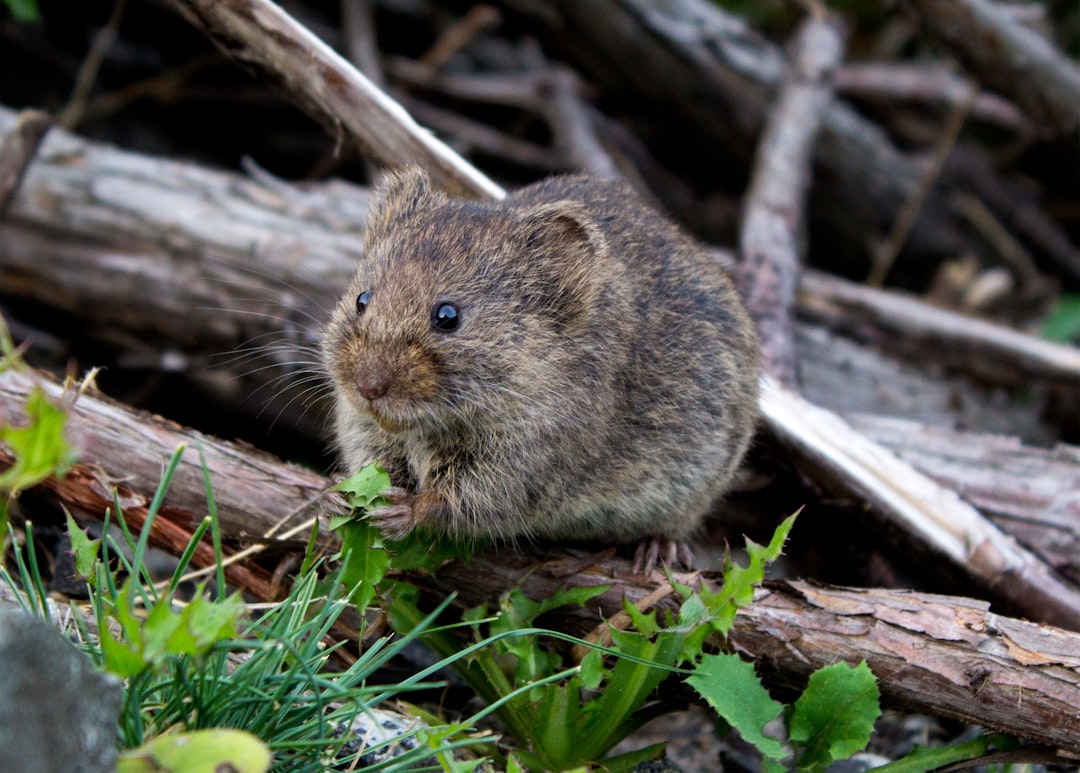What is it about?
The primary production in marine shallow waters is often transported to intertidal flats by waves and currents and beached on flats. We tested the hypothesis that the macroalgae and seagrasses are food sources for benthic communities on intertidal flats where some gastropod species often dominate.
Featured Image
Why is it important?
The isotope mixing models using carbon and nitrogen stable isotopes revealed that the contributions of terrestrial plants, sediment organic matter and benthic micoralgae were weaker than those of macro algae and seagrasses, particular in the sub-tropical site. Macroalgae and seagrass play an important role in the food webs not only in their own habitats but also on the adjacent tidal flats.
Perspectives
This is one of the empirical studies that link subtidal ecosystems to intertidal ones.
Dr Masatoshi Matsumasa
Iwate Medical University
Read the Original
This page is a summary of: Macroalgae and seagrass contribution to gastropods in sub-tropical and temperate tidal flats, Journal of the Marine Biological Association of the United Kingdom, October 2008, Cambridge University Press,
DOI: 10.1017/s0025315408002683.
You can read the full text:
Contributors
The following have contributed to this page










